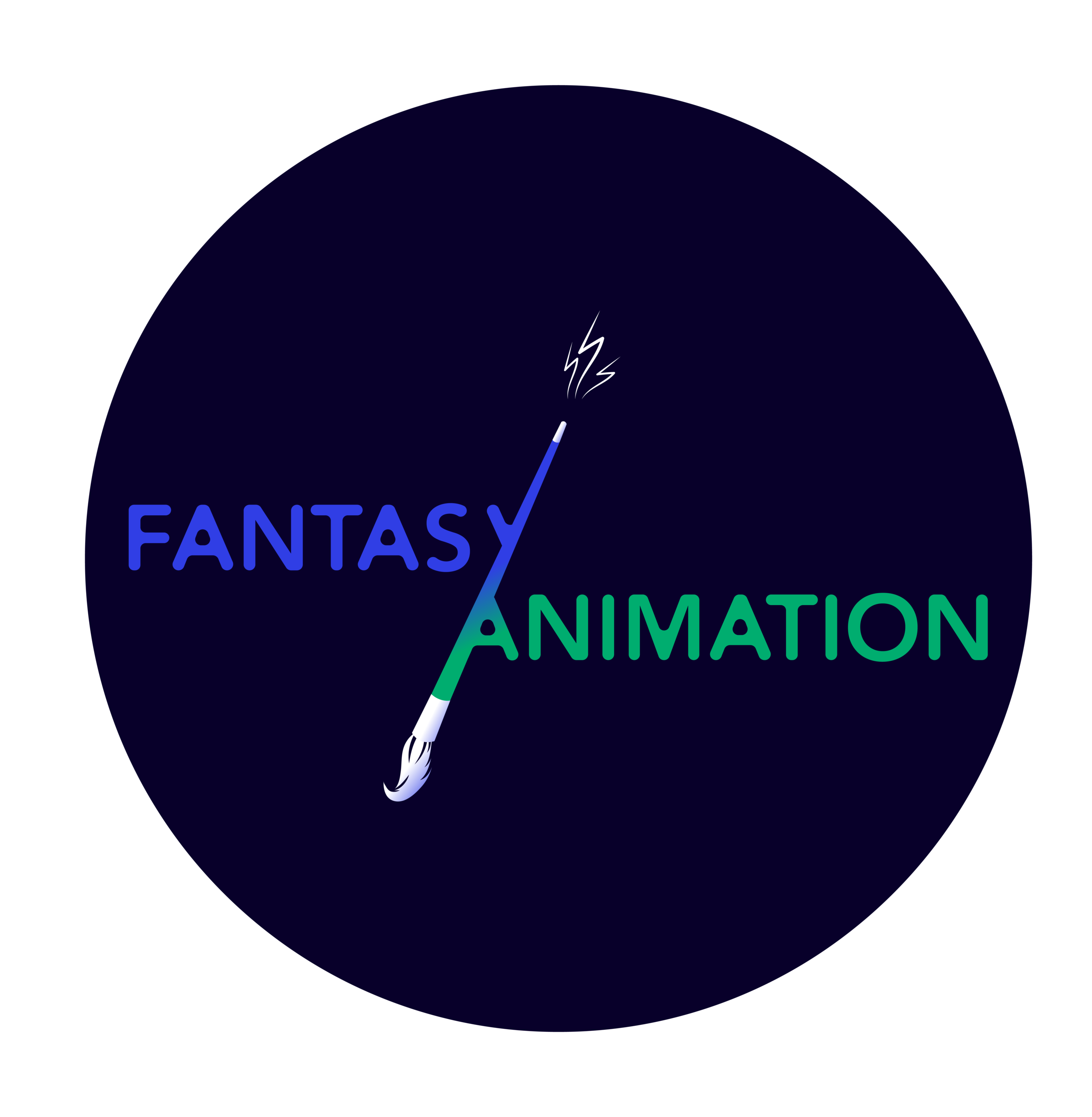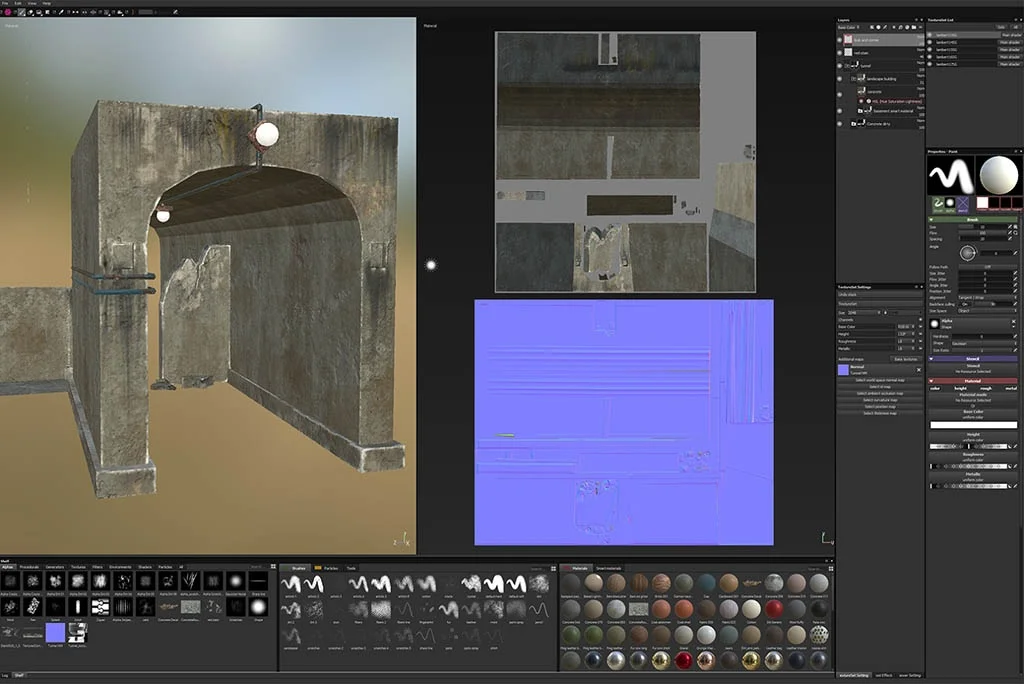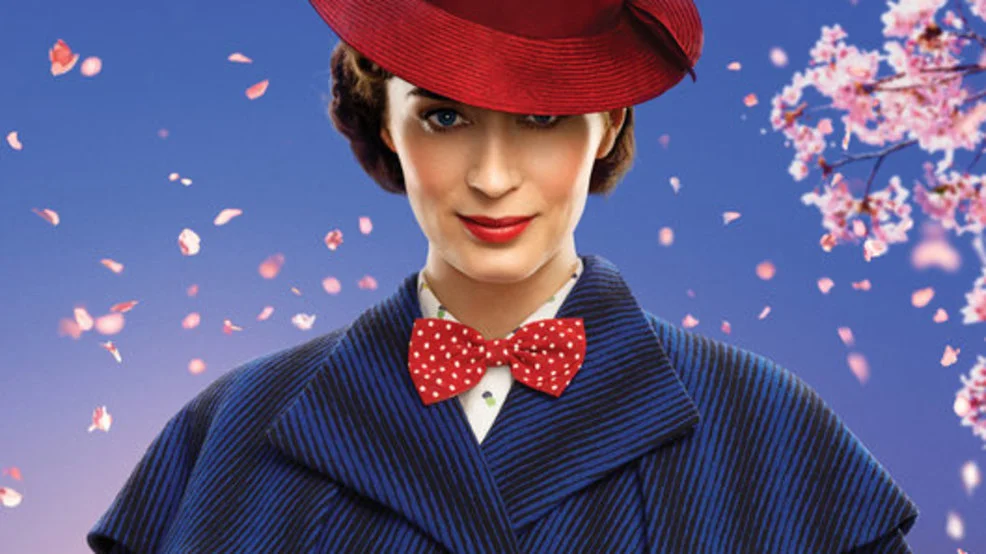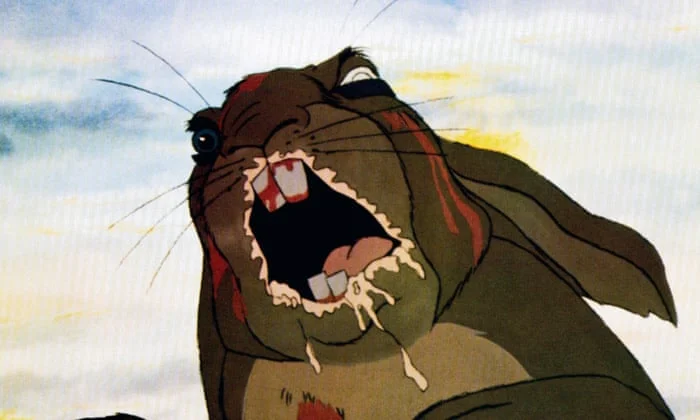My name is Mani Haider and I am an indie games developer. In this post, I would like to discuss the creative and technical process behind my latest game, Delirium, explaining how I became inspired to produce this sci-fi/horror game as my latest project. I was first inspired to work in games design in 2016, when I was working as a runner within the film industry and was exposed to the work of amazing concept artists working in the visual effects studio.
Read MoreThe Emerald City Comic Con attracts guests of upwards of 100,000 fans and 100s of celebrity guests from the worlds of fantasy, science-fiction, animation and gaming (Fig. 1). Now in its fifteenth year and still going strong, the three-day event held at the Washington State Convention Center, Seattle – of which we had the pleasure of attending just one day, Friday 15th March – is professional in every sense of the word, and worthy of every connotation it denotes. What the convention perhaps lacks in personality and quirk it makes up for in the sheer sophistication of its organisation.
Read MoreWardour Street, Soho was once referred to as “Film Row.” In 1951, Sight and Sound published a list of British and Hollywood companies and studios in active production. The list featured over twenty-seven British film production companies, British subsidiaries of major Hollywood studios and documentary/short film production with headquarters located on Wardour Street and the surrounding Soho district.
Read MoreRunning parallel to the ongoing battles about women superheroes is another that flashes across the surface and into the depths of Captain Marvel (Anna Boden and Ryan Flack, 2019): a fight about the status of animation within the blockbuster (Fig. 1). Christopher Holliday (2018), Stephen Prince (2012) and Paul Wells (2008) are among those to have discussed the integration of CG animation technologies into the fabric of Hollywood filmmaking, in guises as diverse as character animation and digital grading.
Read MoreAll too often, when a new game or film or television show that includes the barest representation of the LGBTQ+ community is announced, an inevitable, angry chorus of cisgender, heterosexual people shout out in unison: I’m fine with gay people, but why do you have to shove it down my throat like this? Thankfully, the media producers in question usually forge ahead, much to the delight (or chagrin – no one piece of media is perfect) of the LGBTQ+ community. But then, if even the smallest crumb of queer representation is enough to make cishet people choke, then is the same true for a queer person forced to navigate society’s constant stream of compulsive heteronormativity?
Read More43 years after the publication of the first edition of Robert Russett and Cecile Starr’s seminal text Experimental Animation: An Illustrated Anthology, experimental animation seems to be finally experiencing a very welcome surge of public interest and critical attention. Over the last few years there has been a rise in the number of screenings, performances and academic publications related to the multifarious art form, including the recent edited collection Experimental and Expanded Animation: New Perspectives and Practices (2018).
Read MoreMy name is Eric Polley, and I am the creator of People Cat People (2018-). People Cat People is an animated web series that focuses on the day-to-day lives of the characters of a small group of feline humanoids that inhabit a fictional planet called the People Cat People Planet. There is no main character or single overarching plot line. Instead the series focuses on several shorts that aim to introduce and resolve conflict within one standalone episode.
Read MoreSince its launch back in 1994, the annual Sci-Fi Ball has become a highlight on the UK’s convention circuit, establishing itself as one of the south coast’s most high-profile and bustling events (see right). Now in its 25th year and still going strong, this annual non-for-profit celebration (all funds are donated to Teenage Cancer Trust) of science-fiction across film, television, gaming and beyond attracts a roster of industry dignitary from the genre’s past, present and final frontier.
Read MoreAndré Bazin’s “Ontology of the Photographic Image” states that “the photograph as such and the object in itself share a common being, after the fashion of the fingerprint” (2005: 15). For Bazin, the fingerprint is symbolic of an imprint of the material object; the finger. Yet I cannot help but think of this symbol of filmmaking when I watch stop-motion animation – a process by which an animated world is created; often out of clay but also other materials, and brought to life by a series of photographs documenting miniscule movements to imitate life.
Read MoreIn the chapter “Fantastic French Fox: The National Identity of Le Roman de Renard as an Animated Film” for the edited collection Fantasy/Animation: Connections Between Media, Mediums and Genres (2018), I alluded to the three different versions of Le Roman de Renard – France’s first feature-length animated film – that existed over the course of its production history. These were the unfinished silent cut from 1930, the German edit in 1937, and finally the official French release of 1941. Out of these, the 1941 cut has become the one true version of the film.
Read MoreThe intersection of fantasy and animation is increasingly also an intersection of nationalities and cultures. The world’s best known animation studios often look beyond their own cultures for inspiration, exploring and representing people, mythologies and folklore from across the globe. Japan’s Studio Ghibli, for example, frequently adapt Western sources, creating fantasy-inflected variations on European countries (Howl’s Moving Castle [Hayao Miyazaki, 2004]) or indeterminate settings bearing both Japanese and European influence (Kiki’s Delivery Service [Hayao Miyazaki, 1989]; Arrietty [Hiromasa Yonebayashi, 2010]; When Marnie Was There [James Simone & Hiromasa Yonebayashi, 2014]).
Read MoreWhen I attended the BFI launch of the book edited by the estimable conveners of this blog, Christopher Holliday and Alexander Sergeant’s Fantasy/Animation: Connections Between Media, Mediums and Genres, I was that annoying person in the audience to ask the first, really obvious, question. Admittedly one that betrayed the fact that I hadn’t yet read their book (something now, ahem, rectified) and also my own research interests and agenda. Isn’t all animation, due to its constructed nature, in some way fantasy? And if so, if animation implies fantasy and fantasy implies animation, I queried, where does that leave animated documentary? And that, dear reader, is how you find yourself press-ganged into writing a blog post…
Read MoreBack in November, Variety caused a furore online by reporting that Chris Meledandri, the Illumination founder and Despicable Me (2010) producer charged with overseeing DreamWorks Animation after its acquisition by Comcast, was planning on ‘rebooting’ the Shrek series. ‘Reboot’ typically refers to starting from scratch with a film franchise, recasting the characters and restarting the narrative. If Variety had read their own interview, they would have noticed that Meledandri actually said that ‘while you certainly could make a case for a complete reinvention, I find myself responding to my own nostalgic feelings of wanting to go back to those characterizations’.
Read MoreIt is a common mistake to suggest that Disney’s Mary Poppins (Robert Stevenson, 1964) is perfect. She never once claimed to be such a thing. In fact, I imagine she would have been quite indignant at the very suggestion. “Practically perfect”, that was the expression she used. Not perfect, but close enough to perfect for us not to quibble too much over the difference.
Read MoreIf animation and documentary make an anomalous couple, fantasy, animation and documentary make an extremely far-fetched threesome. Yet, in Justin Hardy’s mockumentary The Last Dragon (2004) they conjoin.[1] This TV movie purports to be a partially animated documentary that attests to the existence of one of fantasy’s iconic symbols: the dragon.
Read MoreI have to admit that the first time I watched Electricity (Bryn Higgins, 2014) I was not prepared for my emotional response. This was not only because the film presented its subject material and female protagonist in a compelling way, but also because it appeared to chime with my own research interests into fantasy genre and British cinema (Fig. 1). I was later delighted to contribute a chapter on the film to the Fantasy / Animation collection, as it certainly embraces both themes, and challenges existing ideas and preconceptions attached to aesthetics, genre and national cinema.
Read MoreSeveral years ago I had the good fortune to interview the animator Barry Purves about his work. He made the point that if you give a person a mask it’s only then that they’ll you the truth about themselves. This interplay between playfulness and truth certainly has a vital role in one of Robert Zemeckis’ most fascinating moviemaking achievements: Who Framed Roger Rabbit (1988).
Read MoreAnimated fantasy film Watership Down (Martin Rosen,1978) represents something of a critical cultural conundrum that underwrites its complex status as a children’s feature. On the one hand, this hand-drawn fable - that follows a cross-countryside journey made by a colony of rabbits - represents the best of British animation, with an impressive voice cast (featuring John Hurt, Richard Briers, Simon Cadell and Nigel Hawthorne) giving life to a beautifully evocative cel-animated style that fully demonstrates the pre-digital artistry of paint-and-ink animation production. On the other hand lies its well-established identity as an emotionally traumatic experience, one that trades in themes of political uprising, Fascism and grief, all the while being scored to graphic images of blood, gore, and death.
Read MoreAt first sight, Alex Strangelove (Craig Johnson, 2018) starts as a predictable genre film, part of a growing cluster of Netflix teen movies such as The Kissing Booth (Vince Marcello, 2018) and To All the Boys I’ve Loved Before (Susan Johnson, 2018) available on the streaming platform. It opens with a montage sequence replicating what Roz Kaveney terms as the “anthropology shot” (Kaveney 2006: 56): students representative of social groups and cliques are introduced, as in the opening scenes of 10 Things I Hate About You (Gil Junger, 1999) and Not Another Teen Movie (Joel Gallen, 2001).
Read MoreWhen Christopher Holliday and I first conceived of Fantasy/Animation: Connections Between Media, Mediums and Genres, the animator Ralph Bakshi sprung to mind immediately as an example of an individual whose work I thought would benefit from the methodology we were hoping to inspire within both our edited collection, and through future collaborations on this research network. If you are unfamiliar with who Bakshi is, chances are you are nonetheless a fan of either an animator or live-action filmmaker who has been inspired by his productions.
Read More



















